Pillar Seven
Artwork by A. Manivelu
Top

NORTH FACE:
PennywortThis is pennywort or Gotu kola (Centella asiatica), a creeping plant that spreads out horizontally forming dense mats along marshes, ponds and wetlands. Stems are 5-10 cm high and have a singular rounded fan-shaped leaf. Stems, leaves and roots are all edible. Indian Gotu kola is used to treat bacterial, viral or parasitic infections such as urinary tract infection, cholera, dysentery, the common cold, influenza, H1N1 (swine) flu and tuberculosis. Pennywort can help protect the immune system from toxins. Because of its antibiotic properties, it has the capability to speed up the healing process of wounds.

EAST FACE:
Banyan TreeThis is the banyan tree (Ficus indicus, or vata in Sanskrit). It symbolizes Hinduism, which branches out in all directions, draws from many roots, spreads shade far and wide, yet stems from one great trunk. There are several species of banyan near Iraivan Temple, some with important history.
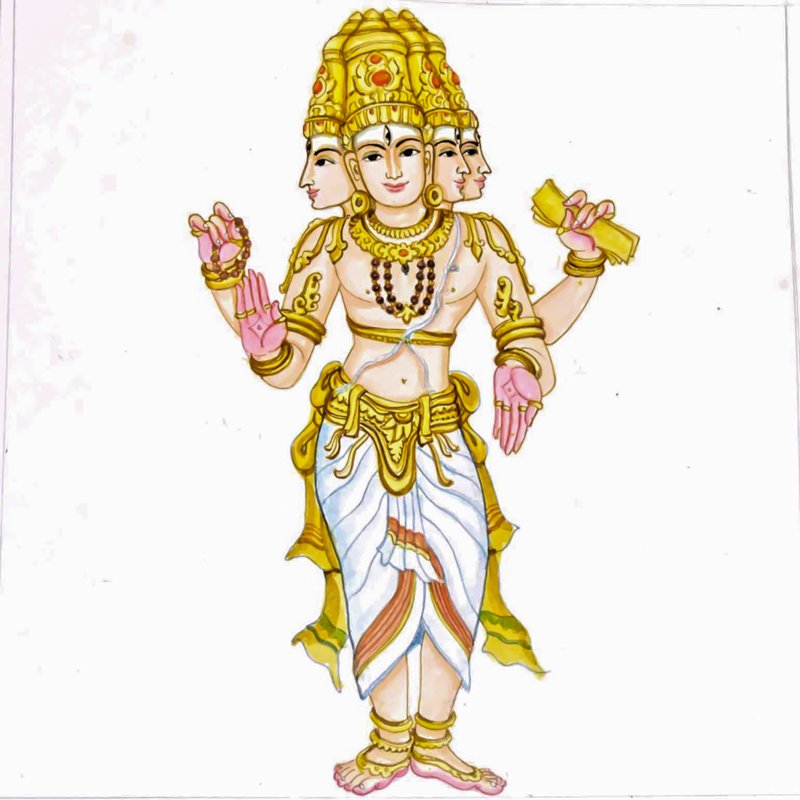
SOUTH FACE:
Siva SadyojataSadyojata literally means “quick birthing.” This is a form of God Siva as Creator. One of the five faces of Panchabrahma (Sadasiva)

WEST FACE:
EchinaceaThis is the famed echinacea plant, a popular herb which people commonly take to help combat flu and colds. It is a genus of herbaceous flowering plants in the daisy family, Asteraceae.
1 of 4
Middle

NORTH FACE:
SatyugaThis full Earth represents the Satyuga or “Age of Truth,” the first in the repetitive cycle of yugas, lasting 1,728,000 years, representing the brightest time, when the full light of the Central Sun (the energies from our galaxy's central black hole) permeates Earth.
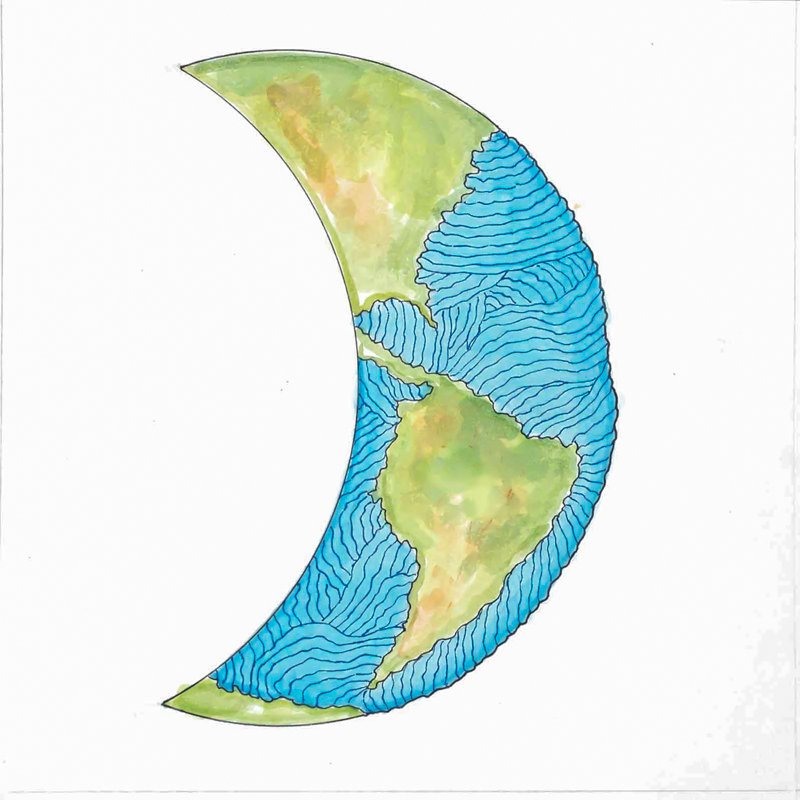
EAST FACE:
Treta YugaThis crescent earth represents the Treta Yuga, the second in the cycle of yugas, when righteousness decreases by one-fourth and men seek reward for their rites and gifts.

SOUTH FACE:
Dwapara YugaThis crescent Earth represents the Dwapara Yuga or “Age of Truth.” It is the third in the repetitive cycle of yugas, lasting 864,000 years, representing a time of diminishing spirituality.
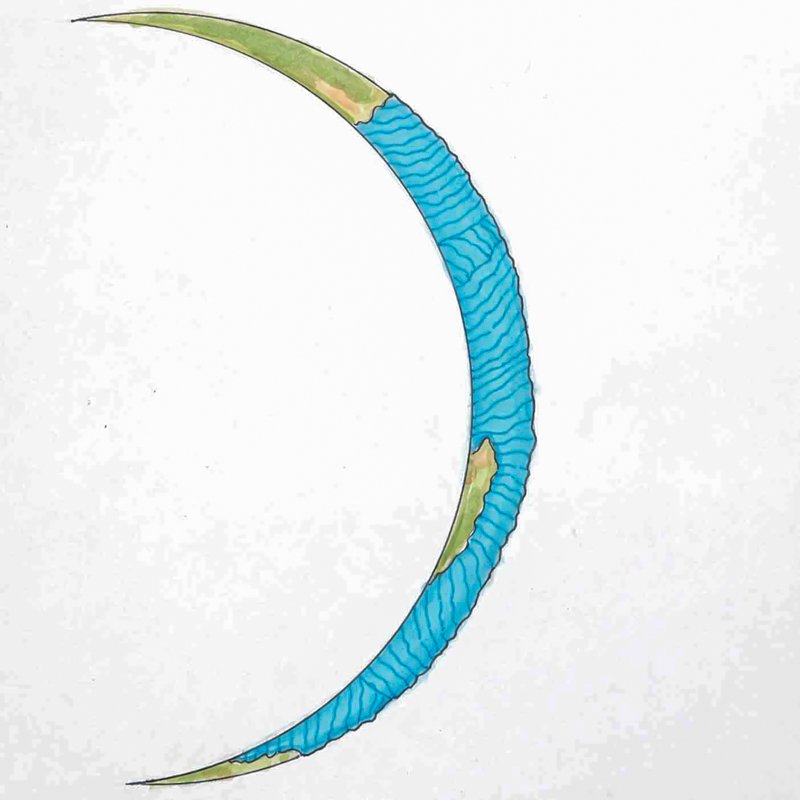
WEST FACE:
Kali Yuga“Dark Age.” The Kali Yuga, shown here as the thin crescent of the Earth, is the fourth age in the repetitive cycle of four phases of time the universe passes through. It is comparable to the darkest part of the night, as the forces of ignorance are in full power and many of the subtle faculties of the soul are obscured.
1 of 4
Bottom
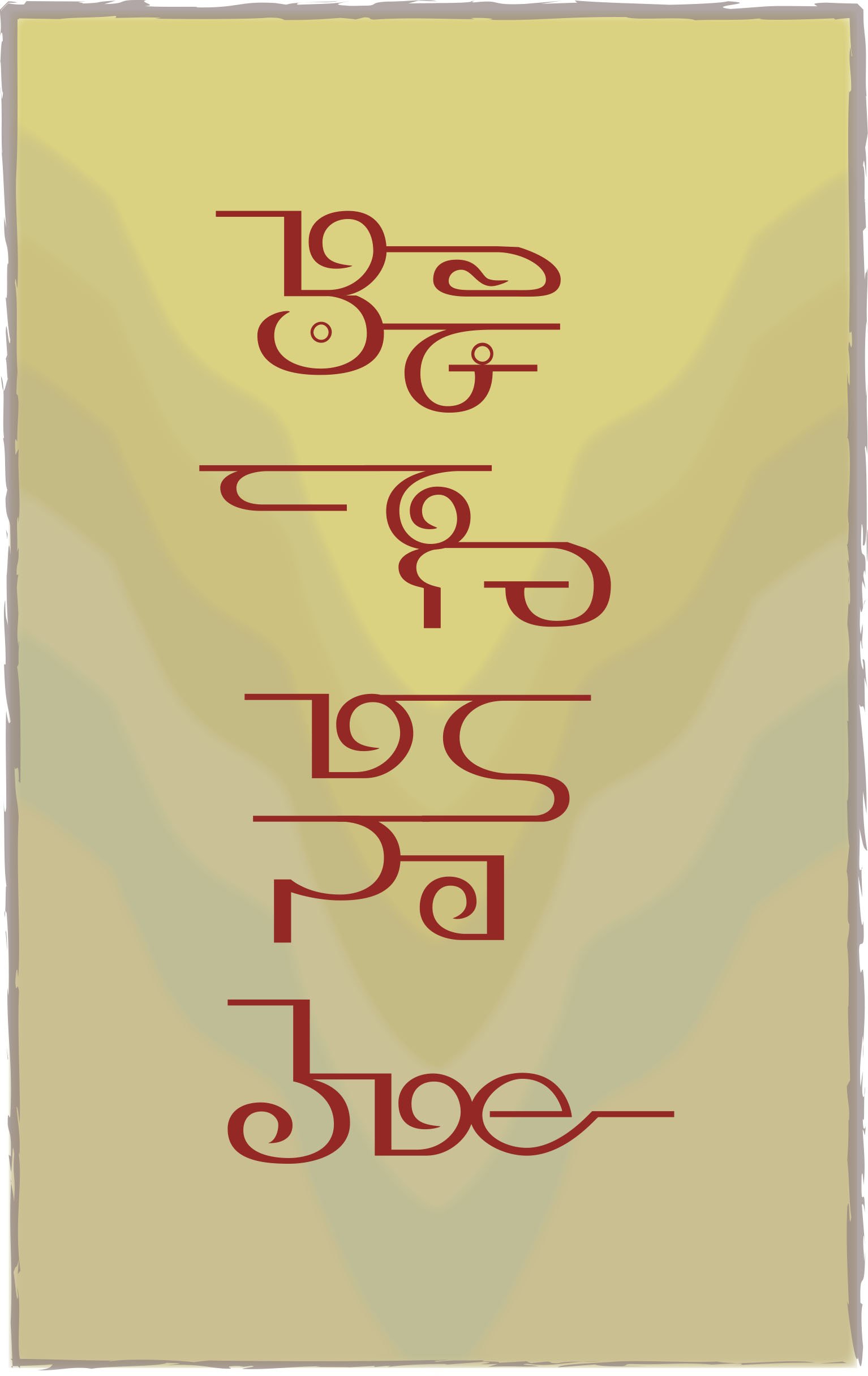
NORTH FACE:
Controlling breathThis is Shum script for kalibasa, vumtyeudi, karehana, nikashum. It is a meditation in Gurudeva’s language of meditation and one of the 12 meditations he asked us to carve on the pillars. This is the January meditation. It begins with kalibasa, a pranayama or breathing discipline, using the diaphram to slowly inhale and exhale, using the breath to quiet the mind and balance the forces mentioned below. Vumtyeudi is the masculine-aggressive-intellectual current that flows up the spine, known in Sanskrit as pingala. Karehana is the feminine-passive current, the physical and emotional energy, known in Sanskrit as ida. Nikashum is the art of withdrawing the energy into the spine through the breath. By withdrawing awareness from external happenings and forces, true meditation can be achieved.
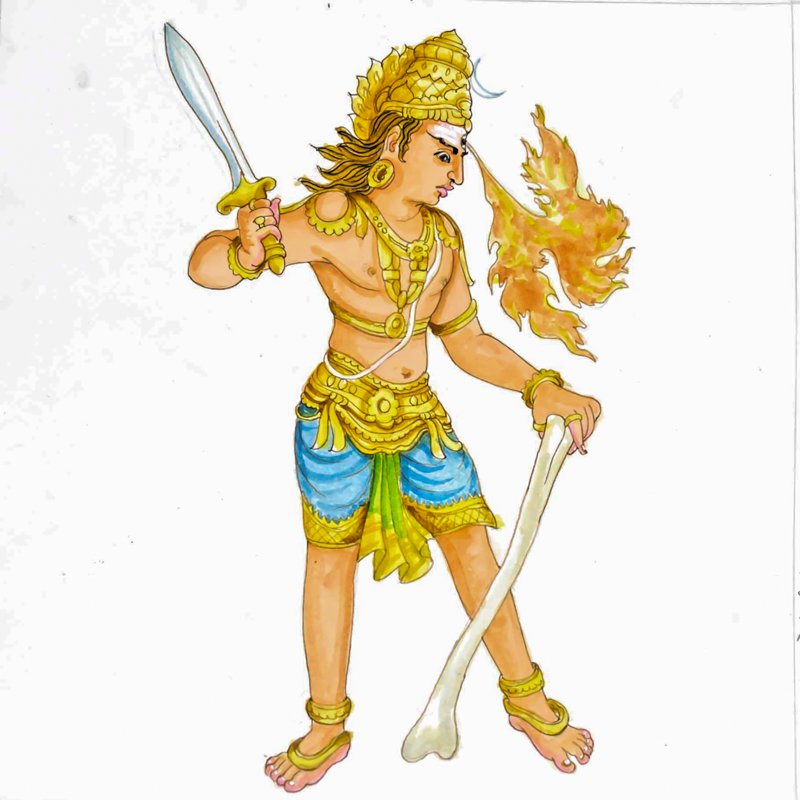
EAST FACE:
VirabhadraThis is the form of God Siva known as Virabhadra. Flames issue from His third eye in this fierce form.
1 of 2
